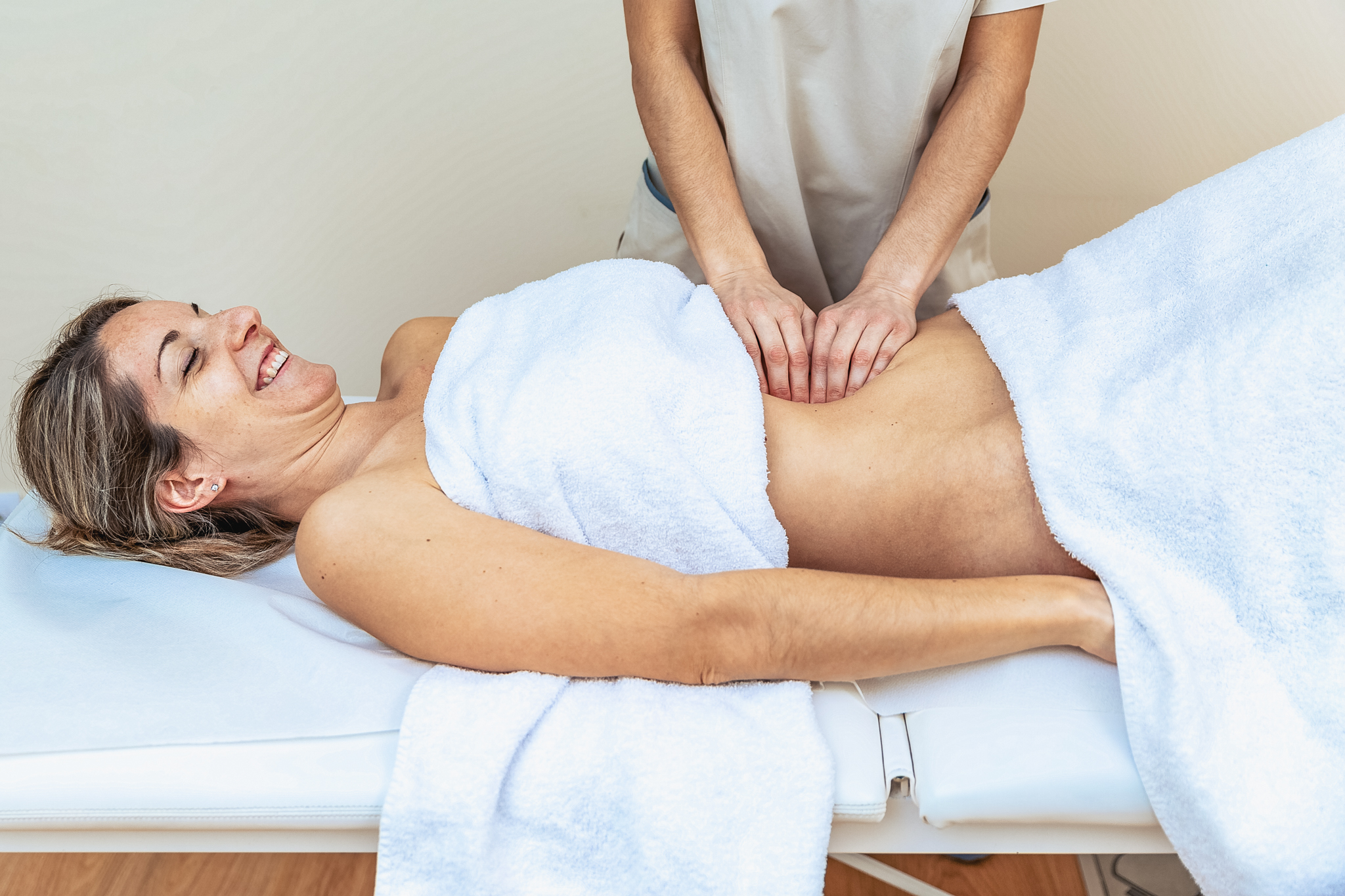Physical therapy is effective in prevention and treatment of diastasis recti.
Addressing Diastasis Recti with Physical Therapy
Diastasis recti is a condition that occurs when the two sides of the rectus abdominis muscle (the "six-pack" muscle) separate, causing a visible bulge in the middle of the abdomen. This can happen due to various reasons such as pregnancy, obesity, weak core muscles, or heavy lifting. One of the tell-tale signs of having DR is the often maligned ‘mummy tummy’ — a perpetually pregnant look well after giving birth and despite not being pregnant.

Diastasis Recti is a physical therapy problem, not a surgical problem
Physical therapy can be used as a frontline treatment for DR, with surgery as a backup costmetic option except in the most extreme cases. Because surgery exists for DR there is some confusion around the best approach, and this confusion is anecdotal and based in the sentiment that the problem can be easily fixed on the operating table. Surgery for DR is a cosmetic procedure, it is not corrective of the musculature. Surgery is also a highly profitable procedure for surgeons and hospitals, therefore if you ask about it and there's a justifiable reason for it, a surgical team will support this treatment. It is worth noting that many DR corrective surgeries are paired with tummy tucks because the procedures are cosmetic and go hand-in-hand to improving stomach appearance.
The problems associated with diastasis recti can be addressed with physical therapy. Women with DR consistently report lower back pain, pelvic pain, urinary incontinence, organ prolapse, decreased core stability and/or exercise capacity, hernias, and gastrointestinal issues. These issues are related to DR, but they are not caused by DR, which should be considered a cosmetic condition except in the most extreme cases. All of these conditions recited above can be treated with physical therapy. Surgery for DR will not correct these issues even in the most extreme DR cases, you will still need physical therapy. Thus, the physical therapist is the best place to start in treating most DR, and it is best to commit to doing the hard work of using a skilled physical therapist to aid your recovery.
Rose physical therapists are experts in diastasis recti and can help by providing targeted exercises to strengthen the muscles around the abdomen and pelvic floor.
In addition to exercise, a physical therapist can also provide education on proper body mechanics and posture, which can help prevent further separation of the abdominal muscles. They may also recommend the use of a support garment, such as a belly band, to provide additional support to the abdominal muscles.

It's important to note that not all cases of diastasis recti require medical intervention. However, if the condition is causing pain or other symptoms, it's important to consult with a physical therapist to determine the best course of treatment. In your intake with Rose PT, please indicate your reason for treatment so that we can set you up with one of our experts.
Every therapist at Rose has a private exam room that can be used for these types of treatment. Whether you come see us at our offices downtown Washington, DC between Dupont Circle and Farragut Square, or at our office in Navy Yard adjacent Capitol Hill, you will be comfortable on your way to recovery.


